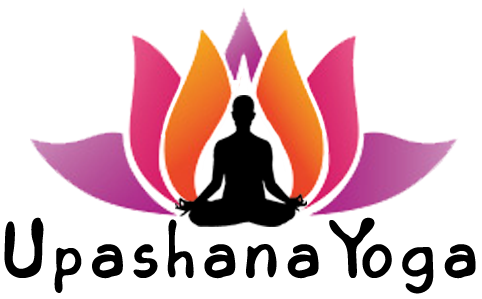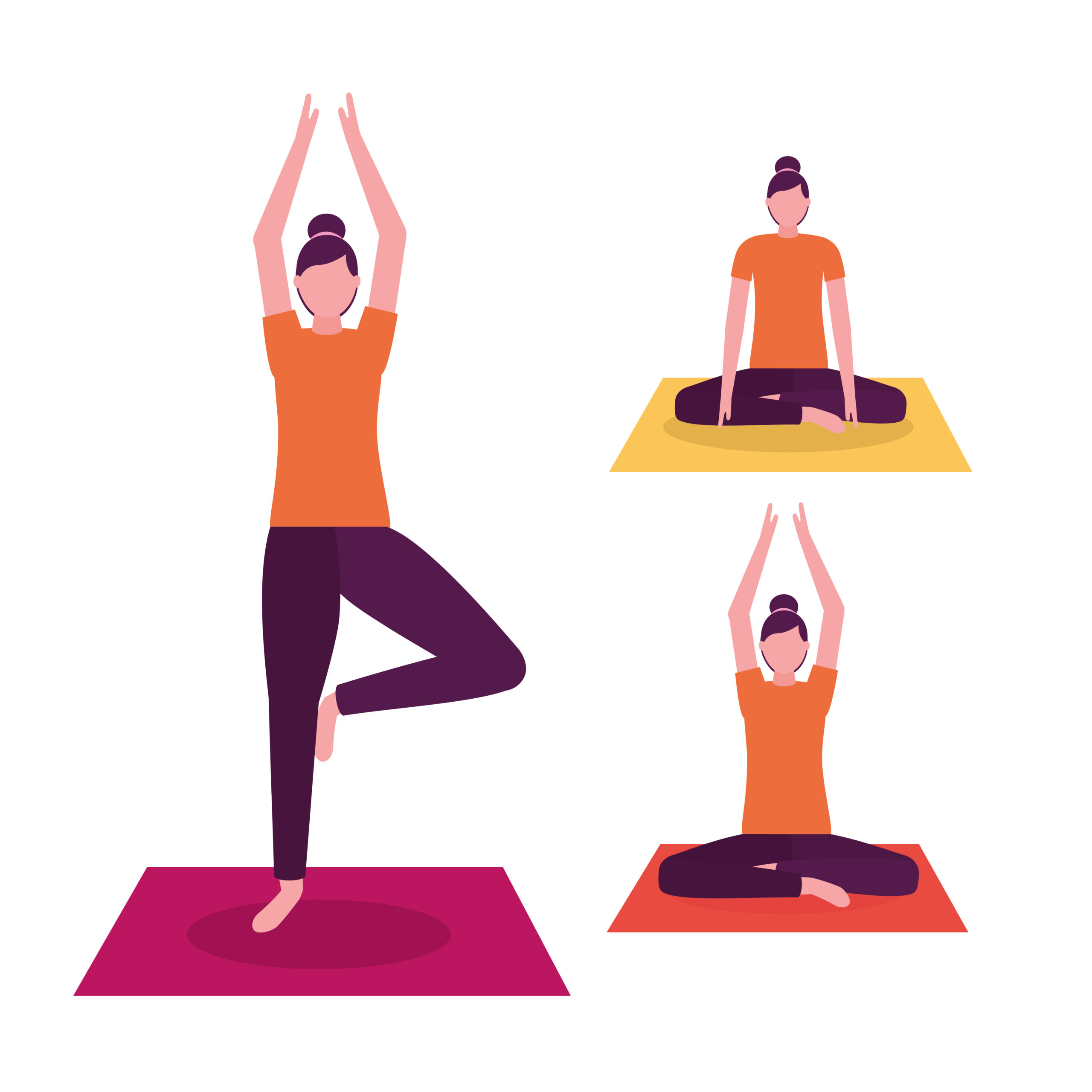
Malasana is a perfect and easy yoga pose. It is for those people who spend their whole day sitting. It helps to tone and strengthen your legs, hips, thighs, toes, heels, and knees.
Nowadays, a widespread problem is seen that is many people who have flexibility issues in their hip area. Malasana, consider a very deep squat and also a facilitator of good pelvic floor health. These help you open your hips, lower back, and groin and stimulate proper digestion. Malasana also helps cure your constipation problems, though it is a long process.
(Also Read: GARUDASANA: STEPS, BENEFITS AND MORE)
What Is Malasana (Garland Pose)?
The word Malasana comes from the Sanskrit words Mala, and Asana. In Sanskrit, Mala means Garland, and Asana means pose, seat, or posture. Malasana means the stage in which we sit during bowel movements. This pose is also known as the squat pose or Upavesasana. Basically, ancestors were using this pose. But now, we are seated very comfortably at a 90-degree angle on chairs, desks, and furniture. So, this asana is very essential for those who have a sedentary lifestyle. Since this asana helps to provide a rhythmic flow of awareness in the body.
Always try to practice Malasana on an empty stomach. It is best to do it in the morning. Or try to give a gap between the practice or the meal is 6 to 7 hours. Any type of age group can do this yoga. But always keep in your mind that your food is digested totally. And the bowel needs to be clean.
Preparatory Poses of Malasana (Garland Pose):
There are several poses to do before Malasana. You can do the below poses as preparatory poses for Garland Pose.
paratory poses for Malasana:
- Baddha Konasana
- Upavistha konsana
- Virasana
Steps To Do Malasana (Garland Pose):
To get the proper benefits of Malasana, you should know the exact steps of it. Below are the steps of Garland Pose:
Step1:
Start this pose by sitting down in a squat position. Keep your toes close to each other and your heels on the floor or a folded blanket.
Step2:
Now open up your thighs huge and placed them wider than your torso. Now exhale and bend ahead in one of these manners that suit among your thighs.
(Also Read: Chaturanga Dandasana: Steps, Benefits, And More)
Step3:
Now join your palms (making Namaskar pose), and placed stress in opposition to your thighs through your elbows. This will make your front torso stretched.
Step4:
Now press your inner thighs towards the facet of your center torso. Then enlarge your hands and swing them around to suit your shins into your armpits.
Step5:
Now preserve your lower legs and preserve this function for 40-50 seconds, and inhale to recognize the pose.
(Also Read: VIPARITA KARANI: STEPS, BENEFITS AND MORE)
Follow-Up Poses of Malasana (Garland Pose):
You can do the following poses after doing Garland Pose as follow-up poses:
- Uttanasana
- Bhujangasana
- AdhoMukhaSvanasana
Benefits of Malasana (Garland Pose):
- Malasana tones the muscle of the legs, shoulders, back, and neck.
- It helps to lose extra fat from the thighs and belly.
- Malasana helps to cure infertility
- It improves balance, digestion, focus, and concentration
- Helps to relieve the stiffness of the shoulder
- Makes ankles and knees flexible
- Keeps the body and mind healthy
- This yoga helps to tone the abdomen
- Garland Pose strengthens your digestive organs, spine, and hips
- It regulates blood flow in the pelvis
- Malasana also regulates sexual energy
Precautions And Contraindications of Malasana (Garland Pose):
There are some precautions and contraindications of Malasana. Those you have to follow while you are thinking to practice Garland Pose.
- Do not practice this yoga if you have knee or lower back pain.
- Women should not try this Yoga if they are not comfortable with their menses.
- A pregnant woman should not practice this yoga.
- Athletes should avoid this pose after running.
- Do not try this pose if you are suffering from loose motion without proper consultation.
- If you want to do this pose but have some physical problems, then by taking the doctor’s consultation you might be do it.
- Always do this yoga when you are on empty stomach. And do a little warm-up before practicing this yoga.
(Also Read: Hamsasana (Swan Pose): Steps, Benefits, And More)
Conclusion:
Malasana is a very easy and effective yoga pose. But there is a but because it is a little bit difficult to do this yoga posture correctly. Cause a little bit of carelessness can cost you heavily. Although, this yoga comes with several benefits. Like it helps to keep the body and mind remain healthy. Malasana maintains better mental and physical health.














Leave a Comment